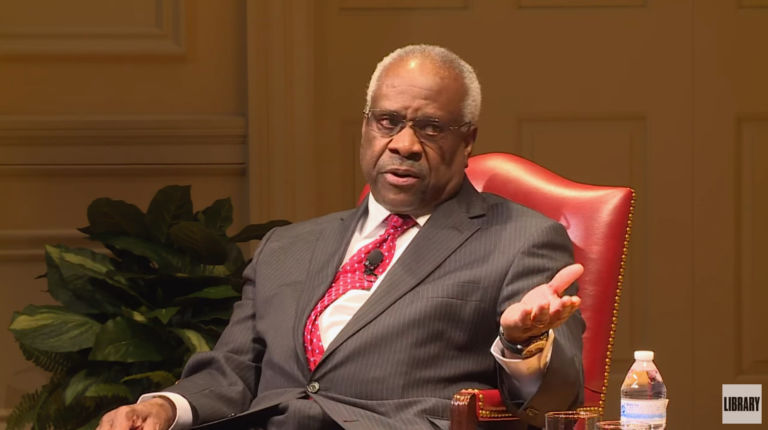This weekly newsletter, focused on environmental issues, highlights relevant analysis done by the John Locke Foundation and other think tanks, as well as items in the news.
1. Some facts about CO2 in the atmosphere
- CO2 makes up 1/27th of 1 percent of all gases in the atmosphere.
-
Greenhouse gases make up 1 percent of all gasses in the atmosphere.
-
This 1 percent of the atmosphere comprising greenhouse gases breaks down in the following proportions:
CO2: 3.62 percent
Methane: 1.5 percent
Water vapor: 95 percent -
The amount of CO2 in the atmosphere that is caused by human activity is 3.225 percent of the 3.62 percent of the 1 percent of the atmosphere that comprises greenhouse gases.
If that sounds like a small amount you’re right. Human-induced CO2 is about 0.12 percent of all greenhouse gases in the atmosphere.
This link has all the data. In particular, see pie charts under number 4.
2. The dissembling on "hide the decline" continues
This post on Steven McIntyre’s "Climate Audit" blog takes to task Kerry Emanuel’s (MIT) recent testimony to the US House Science Committee. Emanuel’s argument boils down to claim that the behavior of the scientists involved wasn’t really that bad and simply amounted to a lapse in judgment. McIntyre argues that it was much more than that, that it was willful deception, and that Emanuel is continuing this deception by making false and misleading statements in his Congressional testimony.
Here is a snippet from McIntyre’s response to Emanuel:
Emanuel says that hide-the-decline was a "single lapse of judgement". More disinformation on his part. The decision to "omit" part of the record was made over and over. It began in 1999, but continued unabated through IPCC AR4.
Worse, the practice was directly challenged by an AR4 reviewer (me). I requested IPCC to show the decline and explain it as best they could. I said that the deletion of the decline in TAR was misleading and asked that they not do so anymore. Briffa refused, merely saying that it would be "inappropriate" to show the decline. This was not a "single lapse of judgement". It was something that’s gone on for over a decade.
McIntyre’s entire post is worth reading. Included in the post is a link to Emanuel’s testimony.
3. The myth of oil speculators
The Cato Institute’s Jerry Taylor, writing in Forbes, takes on the idea that speculators are driving up the price of oil. Using several important econometric studies he shows why it is very unlikely that this is the case. The bottom line, according to Taylor, is supply and demand. He concludes his article by stating that:
There is no need to repair to conspiracy to answer the question about why gasoline prices are going up. The loss of Libyan crude–about 2% of global supply–has reduced the amount of oil available in the market and gasoline prices track global crude oil prices.
Prices must necessarily rise to reduce global oil consumption because we can’t consume what isn’t there. How much do prices need to rise to reduce oil consumption by 2%? It takes a big increase in gasoline prices to get us to drive even a little less. Economists estimate that prices must rise anywhere from 10 to 20 times the percentage reduction in quantity to reduce demand enough to equal the lower supply. Thus for a 2% supply reduction, prices must rise between 20% and 40%. Average gasoline prices have risen 20% since early February, on the low end of what economists predict.
Click here for the Environmental Update archive.


